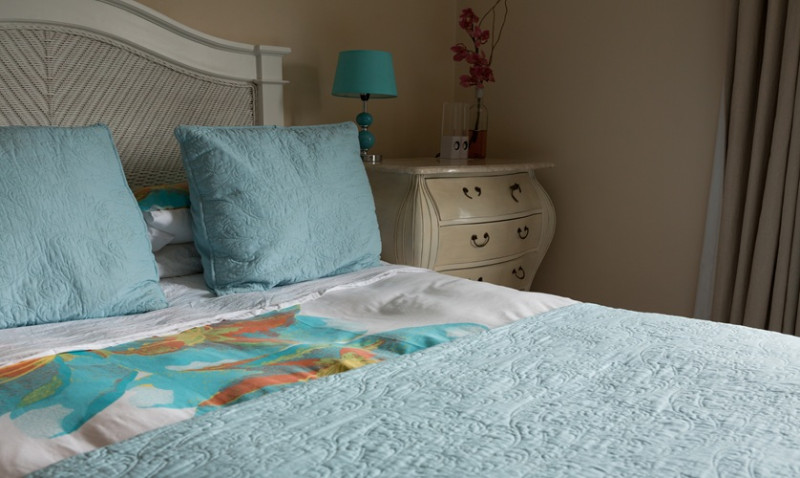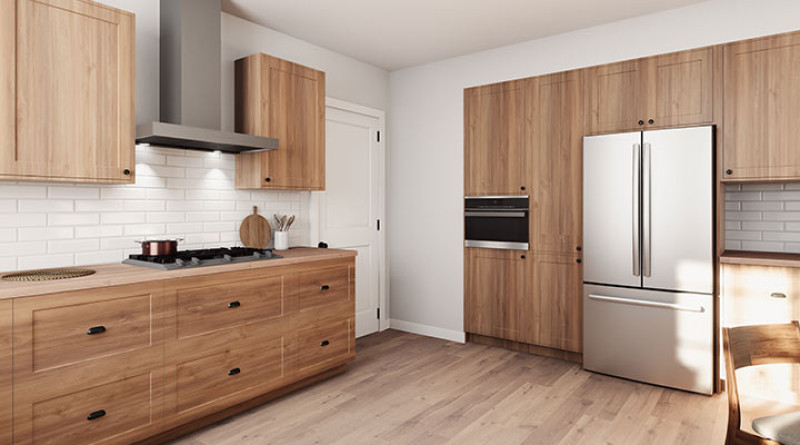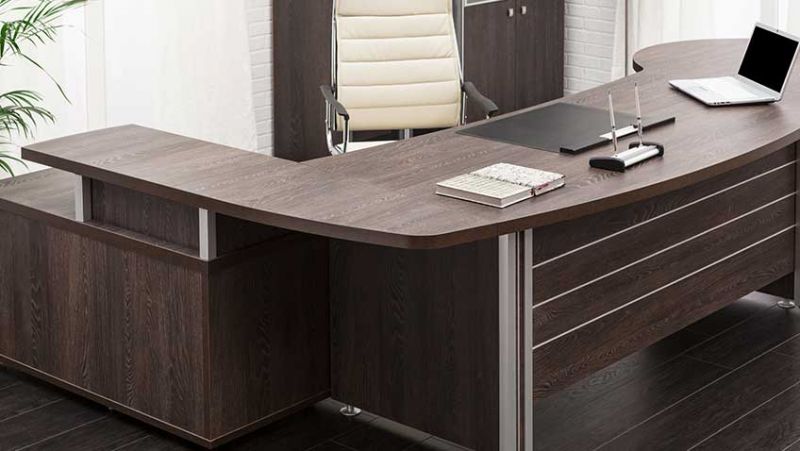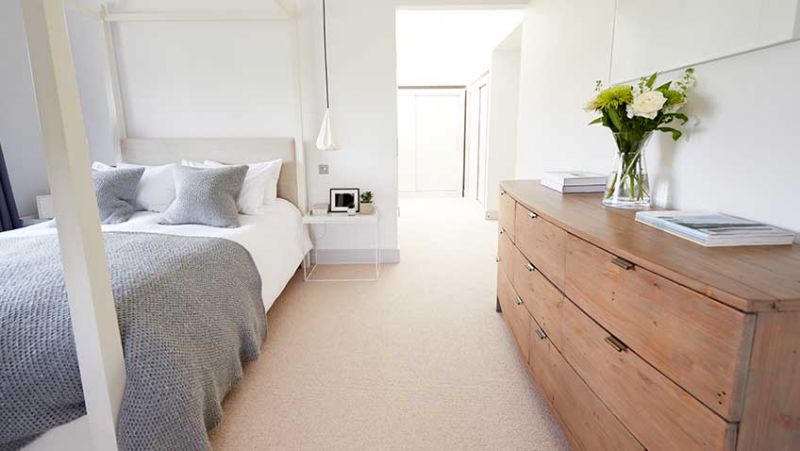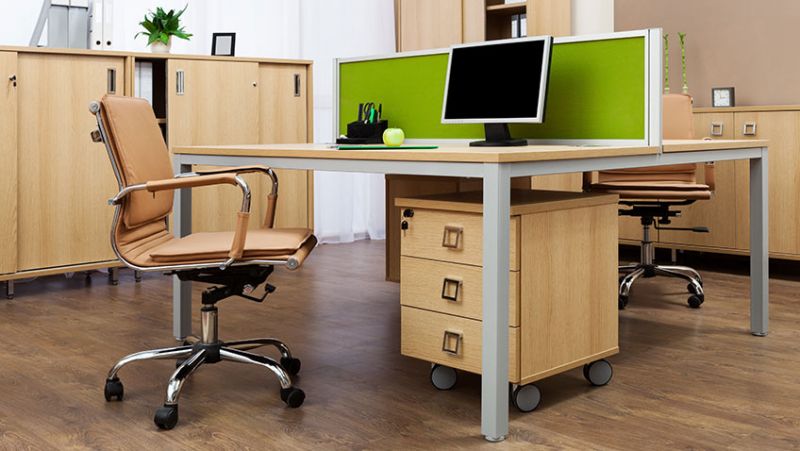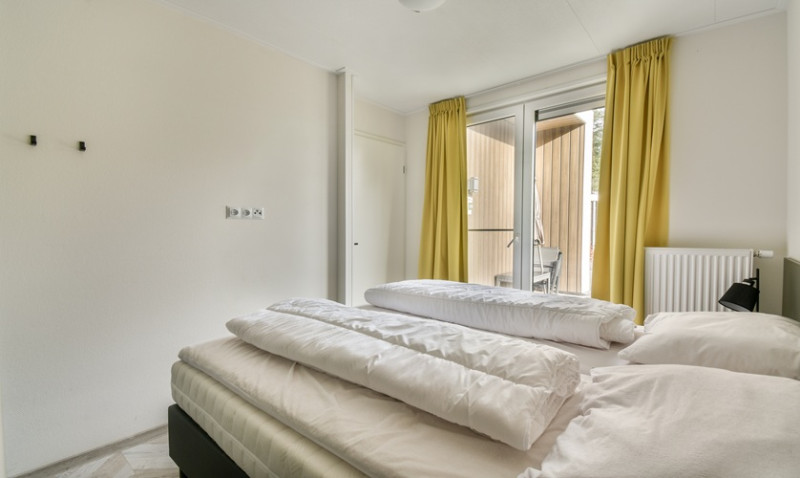
If you’re in the market for a new bed and want the latest in adjustable comfort technology, then Sleep Number beds may have already caught your eye. Popular across the United States and now gaining more interest here in the United Kingdom among savvy homeowners, DIY enthusiasts, interior designers, young professionals, and even professional tradesmen – Sleep Number beds offer a high-end, customisable sleep experience. But with so many options across the Sleep Number range, how do you know which one is right for your lifestyle, home, and sleep preferences?
In this post, we’ll walk you through what Sleep Number beds are, how they work, the pros and cons, and help you determine which model suits you best. Get ready to discover a whole new world of sleep technology that just might change the way you rest forever.
What Is a Sleep Number Bed?
Sleep Number beds are advanced mattresses that use air chambers to adjust the firmness on each side of the bed independently. With the touch of a remote or smart app, users can control their "sleep number" — a personalised firmness level ranging from 0 to 100, allowing you to finely tune your comfort level.
Most models also incorporate sleep tracking features, temperature balancing materials, and responsive air technology that automatically adjusts the bed as you move throughout the night. Unlike traditional pocket-sprung or memory foam beds, Sleep Number beds offer adaptive support, making them a top choice for couples with different comfort preferences.
Perfect for busy professionals and DIY homeowners who want smart functionality in every corner of their home — even the bedroom — the Sleep Number brand is a marriage of modern design and cutting-edge technology.
How Do Sleep Number Beds Work?
Inside each Sleep Number mattress are adjustable air chambers that can inflate or deflate to change the mattress’s firmness. These chambers are controlled either by a physical remote or through the SleepIQ® mobile app. Some models are split into two sides so each sleeper can adjust their own side without disturbing their partner.
Higher-end models also feature Responsive Air technology, which senses your movements during sleep and automatically adapts to maintain consistent support. For the tech-savvy user, this is a dream come true — and even more valuable for those who suffer from chronic back pain or joint issues.
Many models also boast SleepIQ tracking, which monitors your heart rate, breathing, movement, and overall sleep quality. The data is then used to provide recommendations for improving your sleep. This is of particular interest to health-conscious individuals and those integrating wellness strategies into their daily routine.
Who Should Consider a Sleep Number Bed?
Sleep Number beds might not be for everyone, but they are an ideal solution for several types of individuals:
- Couples: Different firmness preferences? No problem. Split models allow each person to adjust their side according to their unique sleep number.
- Designers and Architects: Smart beds enhance modern homes and offer unique functionality that tech-savvy clients will love.
- DIY Homeowners: You value products that can adapt and grow with your home. Sleep Number beds are great because they can be disassembled and moved with less hassle than traditional mattresses.
- Young Professionals: Your lifestyle demands both style and function. These beds look sleek and integrate beautifully into any modern bedroom setting.
- Tradespeople: Hard work deserves good rest. Sleep Number's personalised support can help alleviate joint and back strain caused by long physical days.
Popular Sleep Number Models Compared
Let’s take a closer look at some of the most popular Sleep Number bed models so you can determine which best fits your needs and budget:
| Model | Main Features | Comfort Level | Price Range (approx.) | Best For |
|---|---|---|---|---|
| Sleep Number 360 c2 | Basic adjustable firmness, SleepIQ tracking | Medium-Firm | £800 - £1,200 | Budget-conscious buyers & young professionals |
| Sleep Number 360 i8 | Responsive Air, cooling comfort layers, SleepIQ | Plush | £2,500 - £3,500 | Comfort seekers, couples with different preferences |
| Sleep Number 360 i10 | Maximum pressure relief, advanced temperature balancing | Ultra-Plush | £3,800 - £5,000 | Luxury lovers, designers, people with chronic joint pain |
| Sleep Number 360 p5 | Balanced support, moderate pressure relief | Medium-soft | £1,200 - £2,000 | Mid-level budget, comfort and tech balance |
Choosing the right model depends on your budget, comfort preference, and whether advanced tech like automatic adjustment or temperature control is a priority for you or your clients.
Pros and Cons of Sleep Number Beds
Every product has its strengths and drawbacks. Here’s what you need to know about Sleep Number beds before making your investment.
Pros:
- Customisable firmness for individual sleep needs
- Smart technology with detailed sleep tracking
- Split models great for couples
- Great support for back and joint pain sufferers
- Long lifespan if properly maintained
- Contemporary designs that suit modern décor
Cons:
- Expensive compared to traditional mattresses
- Setup can be complex and may require professional assembly
- Some models require electricity — not ideal in remote or off-grid installations
- Maintenance needed for air components (like replacing a pump or fix leaks)
- Can be noisy when adjusting at night
Are Sleep Number Beds Available in the UK?
As of now, Sleep Number beds are primarily available in the United States and do not have widespread retail availability in the UK. However, some British customers have imported them via specialist furniture relocation services or international online retailers. Shipping, taxes, and power compatibility should all be considered before buying from abroad.
Alternatively, you may want to look into equivalent adjustable air beds available within the UK, which offer similar features, such as adjustable firmness, temperature regulation, and sleep tracking technology. Companies like Tempur, Dormeo, and Emma offer premium sleeping systems that rival the Sleep Number experience.
Conclusion: Which Sleep Number Bed Should You Pick?
If you're set on a Sleep Number bed, your final pick comes down to functionality, comfort, and price:
- For budget buyers: The 360 c2 offers entry-level access to the Sleep Number lifestyle, ideal if you’re just starting out in your home.
- For comfort without the luxury price: The p5 model sits in the middle ground, offering a great blend of pressure relief and features.
- For the best of the best: The i10 offers luxurious comfort and every possible feature Sleep Number offers — perfect for high-end interiors or designer master bedrooms.
Ultimately, selecting the right Sleep Number bed means evaluating your lifestyle needs and sleep habits. Whether it’s for better sleep quality, pain relief, or creating a luxurious bedroom, there’s likely a model that fits. Just keep shipping and compatibility in mind if you plan to bring one to the UK.
Investing in quality sleep can transform your productivity, health, and even your mood — and Sleep Number is a powerful contender in that category. Consider speaking with a furniture import consultant or interior designer knowledgeable about smart bedroom tech to explore integrating one into your UK home.

